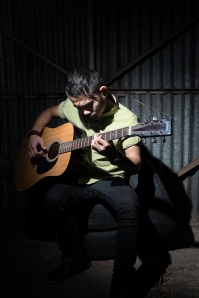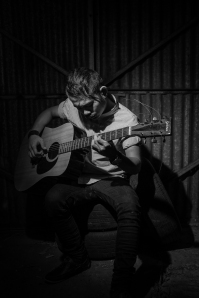More stuff about speedlight
Guide Number calculation
Here is the thing that I’ve been misunderstood for the whole time like GN or Guide Number on flash units (since I started picking up the first camera and speedlight). I was thinking that flash output value is using the same number as the guide number, but I was completely wrong as they’re not, but they’re related to each other though.
Also, as I’ve been wondering that it has gotto ba a way in getting a perfect flash exposure at the first time that you shoot without using a light metre. Perhaps this is my solution to get into all these, but it involves some calculations that I have to do manually and probably would get the results I was looking for eventually. But actually by making a few test shots would have been faster way to acheive the shots that I wanted like people to these days.
Lastly, I think these articles kind of answered my other questions, where it was about the zooming in the flash unit. I’ve been doubting for ages that when and why would you need to zoom the strobes. From these articles that I mentioned was telling me how to read the GN chart like the old fashion of estimating the flash exposures. My early understanding of zooming flash was it’s there for just to control the wideness and narrowness of the beam only. In fact, that wasn’t incorrect, but it was just one function of zooming ability. So zooming the flash unit is pretty much giving you more GN. The more GN, the longer distance you can fire the flash from to the subject at desired strength without losing the quality of the light.
Here was my attempt from calculating the flash output:
My camera settings were;
Aperture: f4, Shutter speed: 1/125th, ISO: 400, Distance: 1 metre (roughly)
Formula 1 -> GN(iso100) = (distance x f-number)
So, GN = 1 x 4 = 4 @ iso 100
Since ISO = 400,
then ISO factor = 2 (from the chart in the second article)
Formula 2 -> GN(iso400) = GN(iso100) x ISO factor
So, GN = 4 x 2 = 8 @ iso 400
I fixed my zoom flash @ 35mm as I did not think that I need a full power to shoot in the garage.
So I went on the GN chart of SB900 (found on the user manual page F-19) and came up with the nearest number of 1/16 flash exposure, with GN of 8.5, which is fairly close to 8.
This shot made by placing a SB900 flash with 45 degree grid on, positioned it off camera about 1 metre away from the subject and applied the settings calculated above to the camera and flash unit.
Equipment used: Fujifilm X100S, 2x SB900s
Here is the shot straight out of the camera, hence unedited:

and this is after edited:

Lastly, here is the shot that I did last week of myself, using testing shots method, where I had to start somewhere and adjust the power until I got the results that I wanted, hence unedited:



